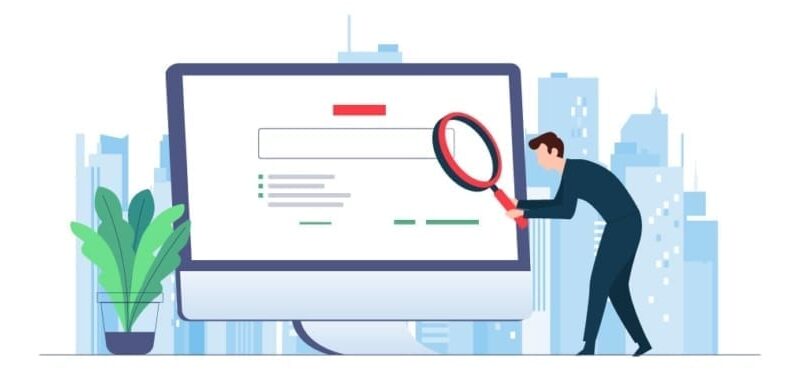In this article we will discuss about how to use ChatGPT for LinkedIn.
On LinkedIn, there are more than 900 million professional profiles. You can therefore contact an almost infinite number of networking acquaintances as a result. You can establish connections with possible employers. Likewise, you can search for a new job, improve your profiles, create leads, and more using this site.
Knowing this must have convinced you that it is time to utilize and enhance your LinkedIn profile. However, maintaining an active LinkedIn account with a current profile takes time.
The ideal platform to employ ChatGPT is LinkedIn because it is free. In order to produce interesting content, you can use ChatGPT professionally. The LinkedIn algorithm enables you to creatively employ AI-generated material, and LinkedIn introduces AI-powered tools that enable you to shorten the time required for profile optimization.
What Is ChatGPT?
ChatGPT employs natural language processing (NLP) to generate text from your conversations. Without human editing, it can swiftly and automatically provide fascinating descriptions. Using commands like “highlight my experience” or “summarize my resume” will help you optimize your information.
Things are more practical and accessible thanks to this web tool. This ensures that the information we produce appropriately captures your objectives and achievements. The AI-written content is specialized, personalized, and simple to comprehend.
You can create a distinctive description for your LinkedIn profile by using ChatGPT. You will be able to distinguish yourself from the competition with this method of using ChatGPT for LinkedIn.
Also read: How to use ChatGPT API; a step-by-step integration guide and full documentation list
How Does ChatGPT Work?
Its major objective is to help people build stronger relationships with future customers. Using ChatGPT could improve your chances of acquiring leads. In order to learn valuable information about users’ interests, it can anticipate potential talks.
Additionally, its OpenAI interface might help you improve your customer service skills. You will become more familiar with your customers and understand their problems. In addition, you can spot issues that are impeding the sales process.
Resolving these issues and assisting clients throughout the sales process enhances the brand’s reputation. To satisfy the particular needs of your customers, it can even develop cutting-edge support methods.
Also read: 10 Ways to Boost Your LinkedIn Profile
How to Use ChatGPT to Improve Your LinkedIn Profile
Since it is the most popular professional networking site, LinkedIn enables you to interact, network, and create brands. Top talent is available for businesses looking to employ a new team or individual. Individuals can connect with industry leaders and discover profitable career prospects.
It may be difficult to stand out among the millions of users, but ChatGPT for LinkedIn is here to assist you.
Here is how you can use ChatGPT to enhance your LinkedIn profiles:
Enhance your headline and summary
The summary of your LinkedIn profile and your headline are two of its most crucial components. Due to the fact that they are the first thing visitors see when they arrive at your page, they can drastically alter your chances of being discovered.
To generate leads and new users, you can collaborate with ChatGPT to create a compelling headline and LinkedIn summary. You only need to provide your goals, abilities, and job information. The program will produce original writing that will help you stand out from the competition.
Also read: How to Work Online: 20 Easy jobs that will make you money
Streamline your Job descriptions
Your job descriptions include useful information about your credentials and experience. If not used appropriately, they could not be as effective as they could be. You might be able to improve your job descriptions by utilizing AI tools like ChatGPT.
It can even suggest keywords for a certain industry, highlight your achievements, and suggest content. Your descriptions will become more fascinating as a result.
Utilize LinkedIn SEO
Use LinkedIn SEO strategies to locate and include pertinent keywords in your profile and posts. In order for your profile to appear in a LinkedIn search, keywords are crucial. The right keywords could increase your exposure and encourage more profile views.
You can enhance your LinkedIn profile with ChatGPT’s assistance by choosing pertinent keywords to include. It assesses job openings and industry experts for keywords related to your specialization.
Summing Up
ChatGPT has entirely dominated the sector. Numerous advantages are provided, such as the streamlined nature of processes. You can drastically up your outreach game with the aid of ChatGPT for LinkedIn. Using ChatGPT features will improve your networking skills and increase your chance of getting a response.









